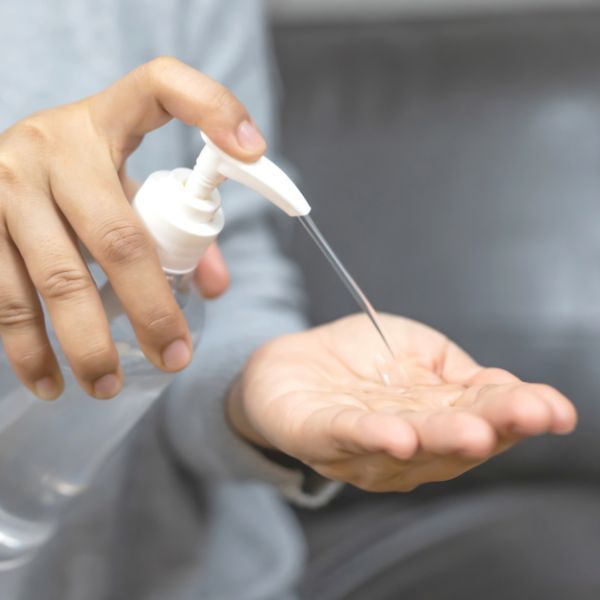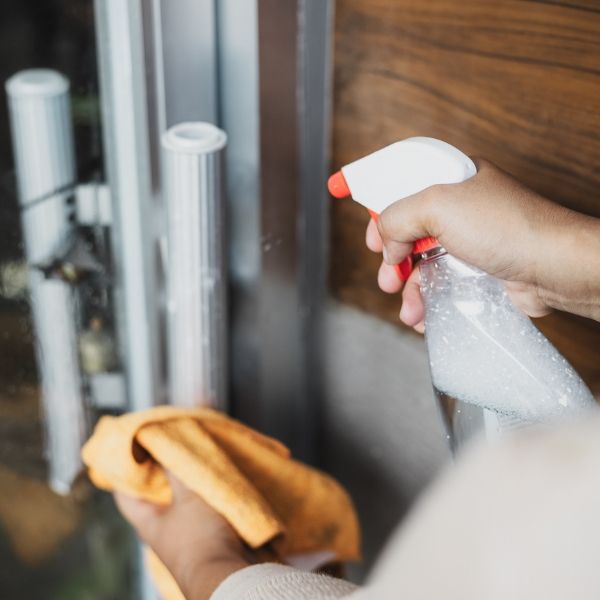In the realm of sanitation, understanding the difference between cleaning and disinfecting is vital for creating a commercial cleaning schedule. While both are very similar, there are key distinctions that UMG Cleaning can help you understand to better care for your facility.
Read all about how commercial disinfection and cleaning play essential roles in building management and let us show you why both are equally important!





